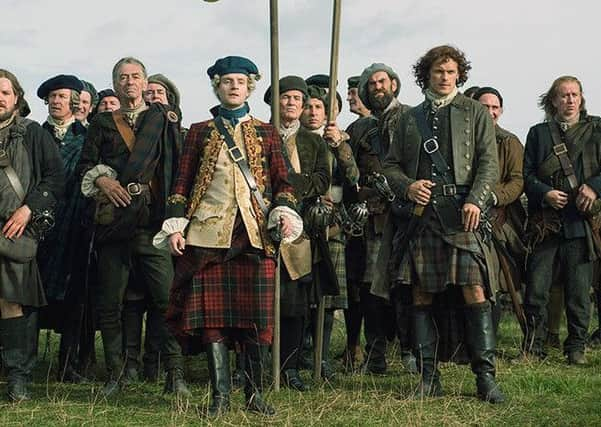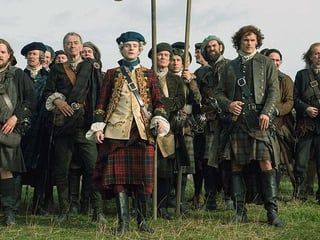Bonnie Prince Charlie and the perils of propaganda – leader comment


According to one story, Prince Charles Edward Stuart – aka Bonnie Prince Charlie, aka the Young Pretender – was actually an “effeminate weakling”.
The 1745 Association, which says it was set up partly to “preserve the memory of those who actively participated in or who had connections with the ‘45”, claims this is how he is portrayed in the popular TV series Outlander in what they describe as a “travesty”.
Advertisement
Hide AdAdvertisement
Hide AdOutlander had simply swallowed Hanovarian propaganda, as there was “no way that such a man could have mobilised the support he did”, said its chairman Michael Nevin.
Putting aside the debate about the motivational skills of a theoretical “effeminate weakling”, it seems wise to remember that not all of history’s fibs stem from winning side.
Just as Charles may not have been weak, he was perhaps not quite as “Bonnie” either.
